Nutritional planning is important for everyone, particularly when you are making dietary changes. So, how can you transition to a healthy and enjoyable vegan diet that works for you?
Steps to success
Step 1: do your research

It is worth setting aside a bit of time for research. Our nutrition overview is a great starting point. Here, you will find lots of useful information, including the Vegan Eatwell Guide. This information will help you to learn about balancing food groups, as well as giving you some knowledge of fortified foods and supplementation.
Hopefully, this knowledge will give you a solid framework for planning your vegan diet. We want you to be confident that you understand how to replace animal products with alternative sources of nutrition and how to get the most out of a vegan diet.
Step 2: check your diet
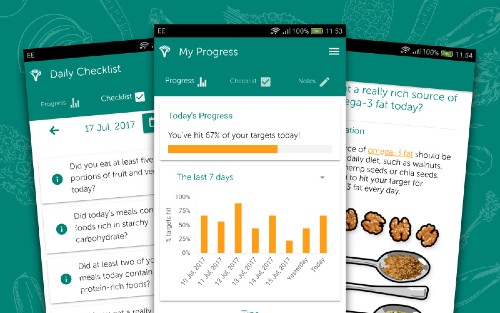
Keeping a food diary is a great way of assessing your current diet and comparing it to healthy eating guidelines. Write down everything you eat and drink for around three days, and once you are done, spend some time reviewing your notes; be your own dietitian! You can use the free VNutrition app to help you with this process.
Step 3: make a plan

If you want to improve your nutrition and you can see several areas for improvement, select a few that you would like to work on first. Set some achievable goals that you can revisit in a month or so.
Have a go at planning a week’s worth of meals, using your current diet as a starting point. If you are still eating animal products, increasing your intake of plant-based foods gradually and drinking plenty of fluid will help your body to adjust to the likely increase in your fibre intake.
Meal plan checklist
Use these questions to help you check your one-week meal plan
Fruit and vegetables
- Are you eating at least 5-a-day?
- Does each meal contain a source of vitamin C to boost iron absorption?
- Are you eating a rich source of carotenoids (vitamin A) daily?
- Are you eating greens rich in vitamin K daily?
Starchy foods
- Do your meals include this kind of food?
- Are you making plenty of higher fibre choices, e.g. oats, potato with skin, wholemeal bread, wholewheat noodles, brown rice?
Protein
- Do your meals feature good sources legumes like beans, peas and lentils?
Calcium
-
Does your daily diet contain at least two portions of calcium-rich foods? Here are examples of one portion:
- 200ml calcium-fortified plant milk
- 200g calcium-fortified soya yoghurt alternative
- 100g calcium-set tofu
- 2 slices of soya and linseed bread fortified with extra calcium
Healthy fats
- Do nuts and seeds feature in your daily diet?
- Are you eating a really rich source of omega-3 fat daily?
Vitamins B12 and D, iodine and selenium
- Does your plan include these nutrients?
Need inspiration?
You can use our Vegan and Thriving recipes to help you plan balanced and tasty breakfasts, lunches and evening meals. If you are on a budget, check out the tips in this Live Vegan for Less blog.
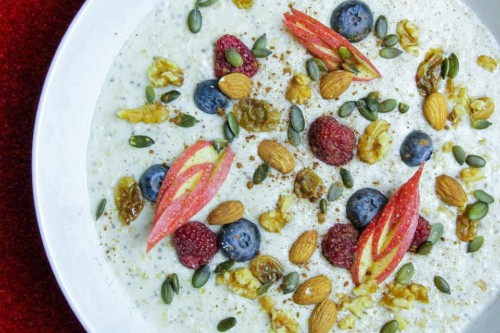
Porridge with nourishing toppings
This is a great way to include fortified plant milk, fruit and a source of omega-3 fat in your breakfast. Check out this recipe for inspiration.
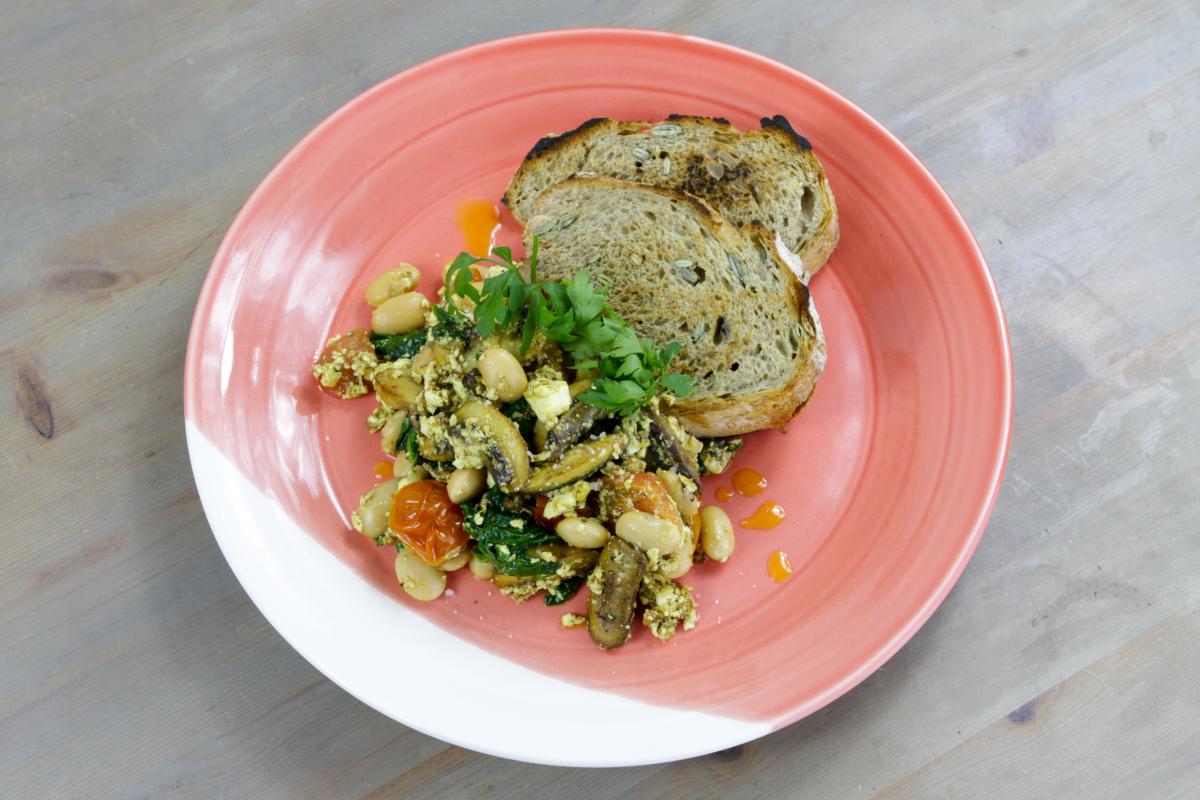
Cooked breakfast
Healthful choices include, wholemeal toast, calcium-set tofu, beans and veggies. This scrambled tofu recipe has got it all. Serve with a small glass of orange juice to add vitamin C that boosts iron absorption.
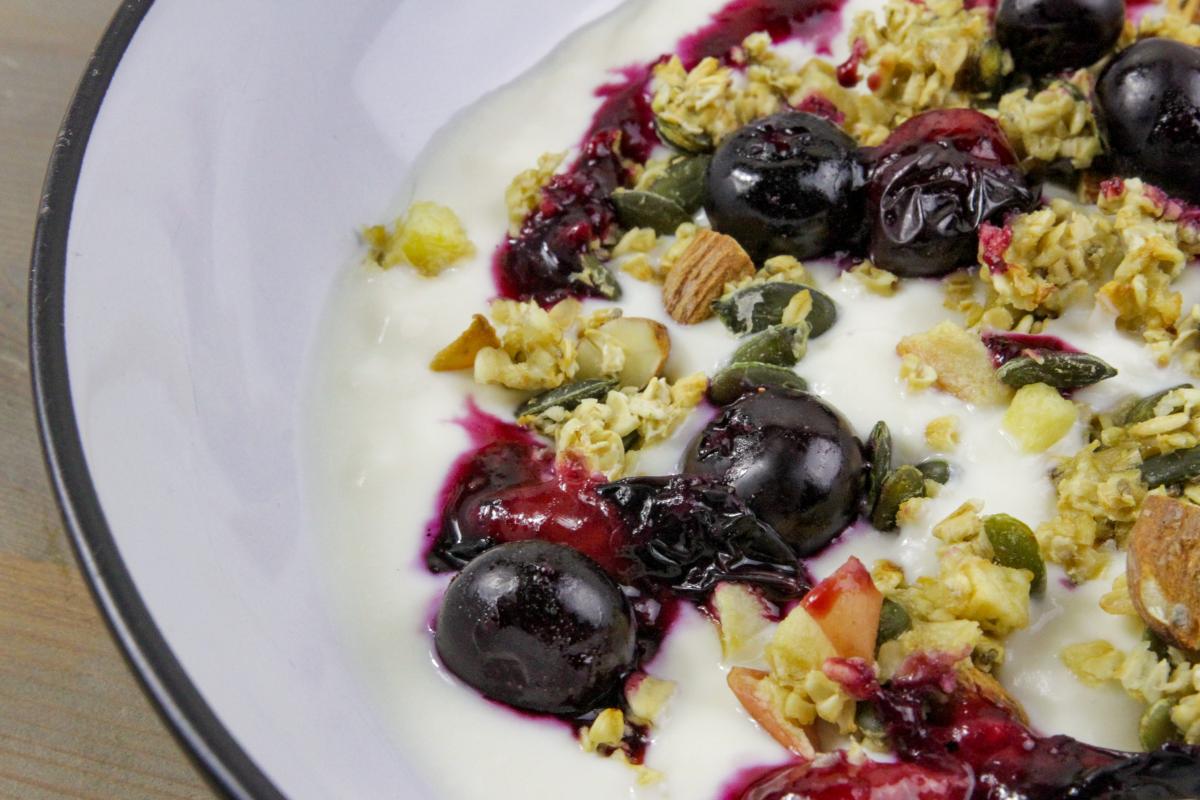
Yoghurt alternative and granola
If you need a change from porridge, try making your own granola. This recipe explains how.
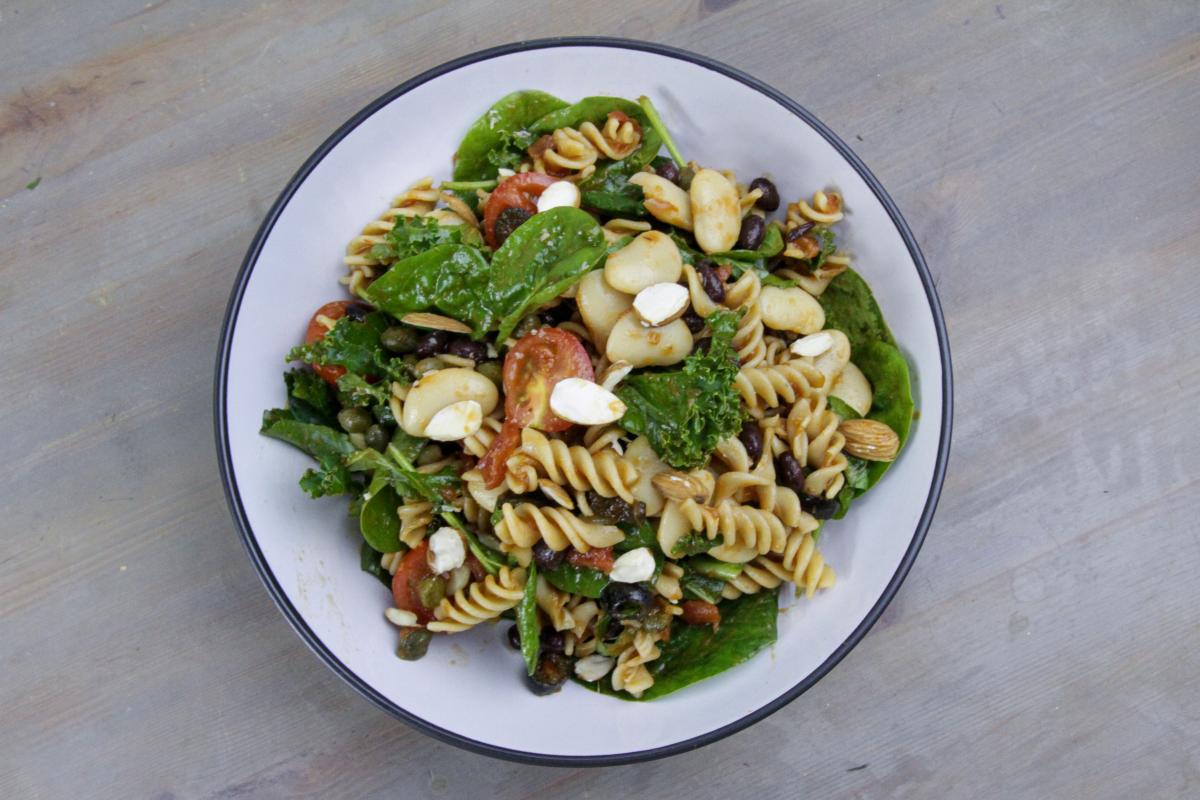
Pasta Salad
Say no to sad salad! This recipe shows you how to create a balanced and tasty pasta option.
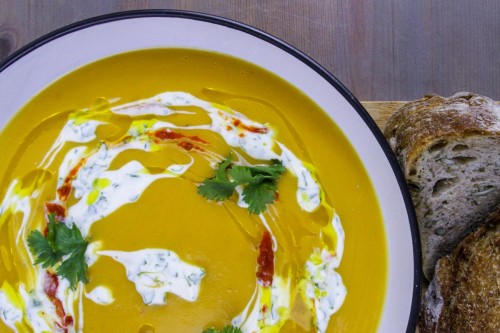
Balanced soup
Check out this protein-rich soup. Boost the absorption of iron from this meal by including a good source of vitamin C like strawberries, some pineapple or an orange.
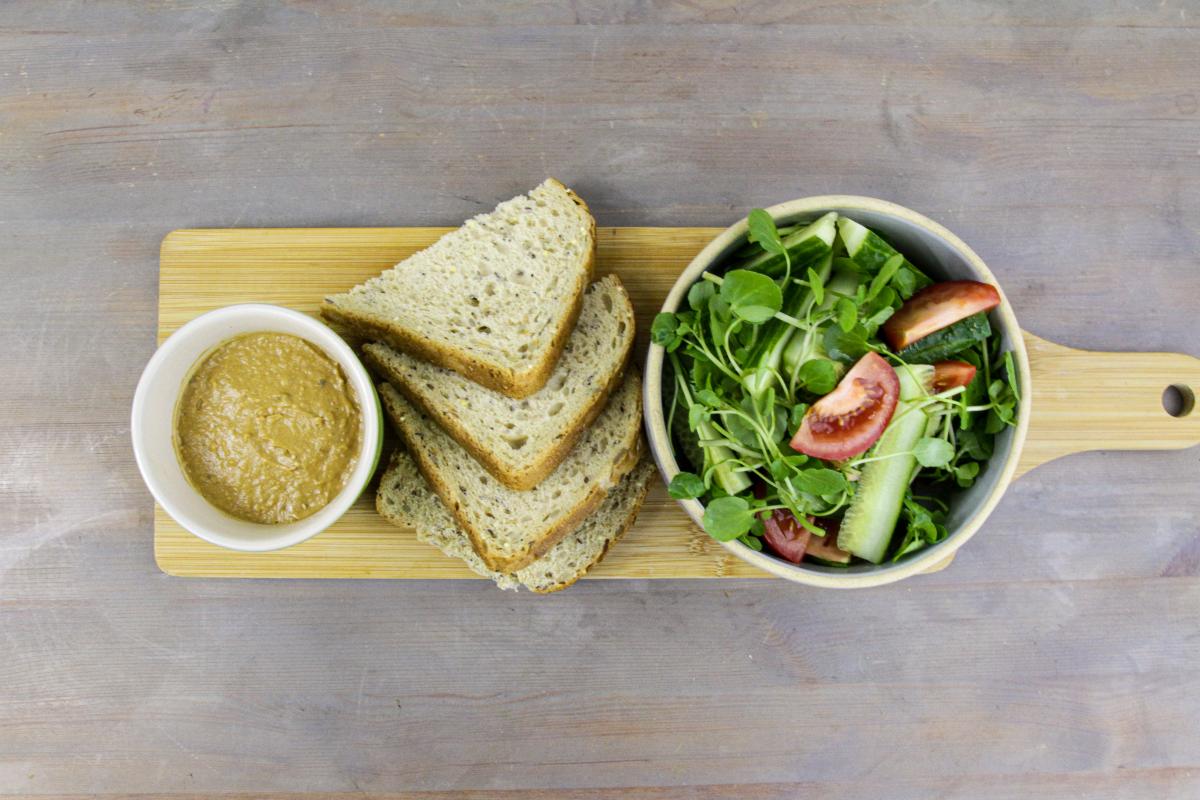
Protein-rich pâté
This pâté recipe is a great way to enjoy green lentils.
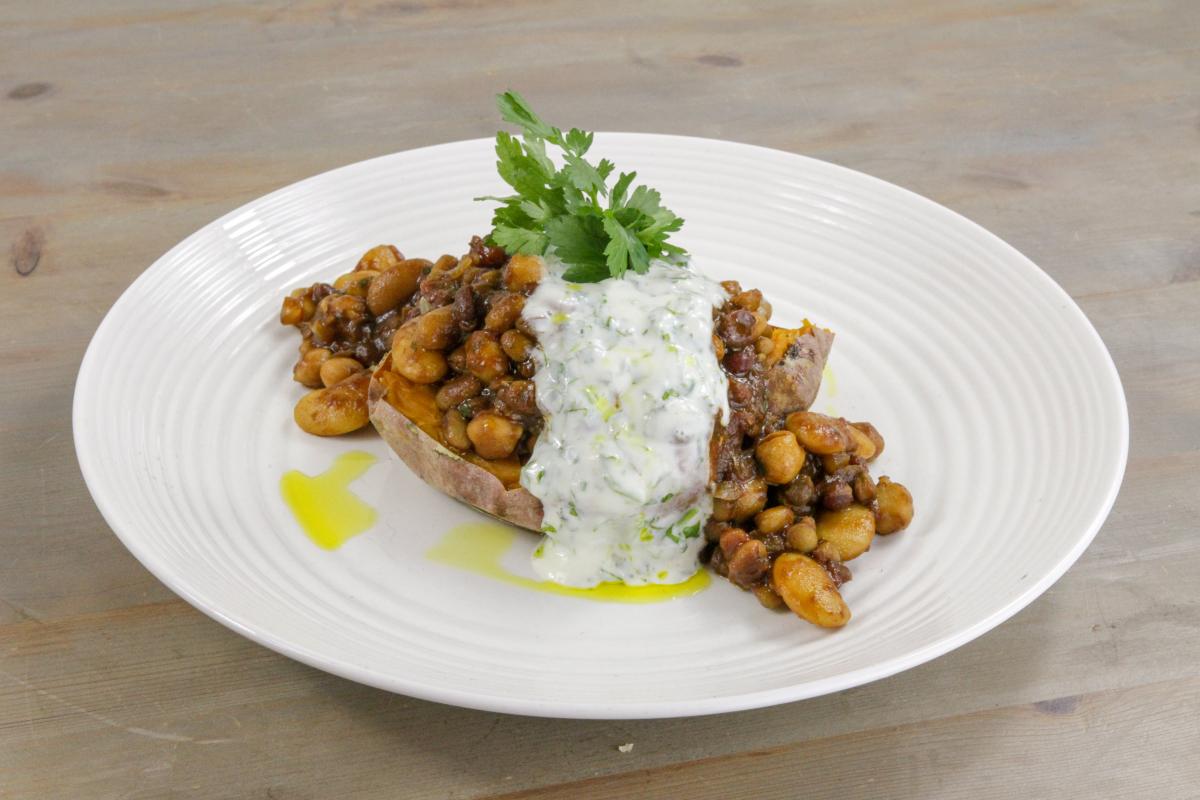
Chilli sin carne
If you like the sound of chilli with sweet potatoes and herbed soya yoghurt, take a look at this recipe.
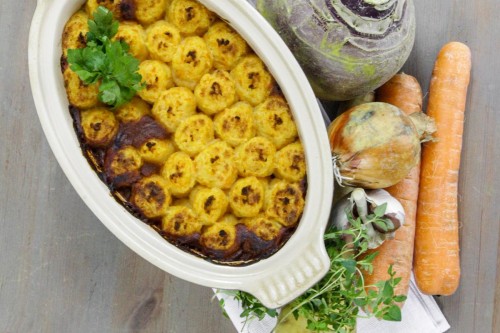
Shepherdless pie
Check out this classic pie recipe, showing you another way of enjoying green lentils. Include a side of broccoli, cabbage or Brussels sprouts for vitamin C, which boosts iron absorption.
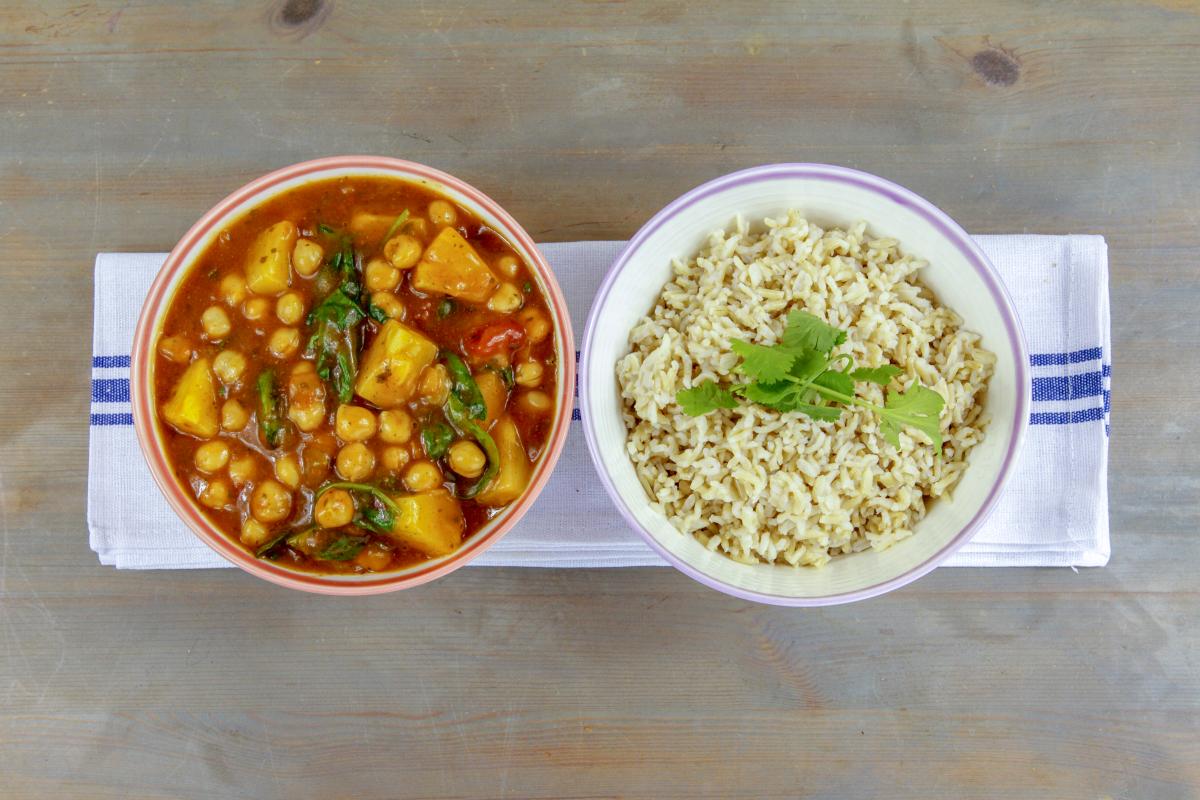
Chickpea curry
Have you ever tried pineapple in a curry? Here is a chana masala recipe that is great for batch cooking.
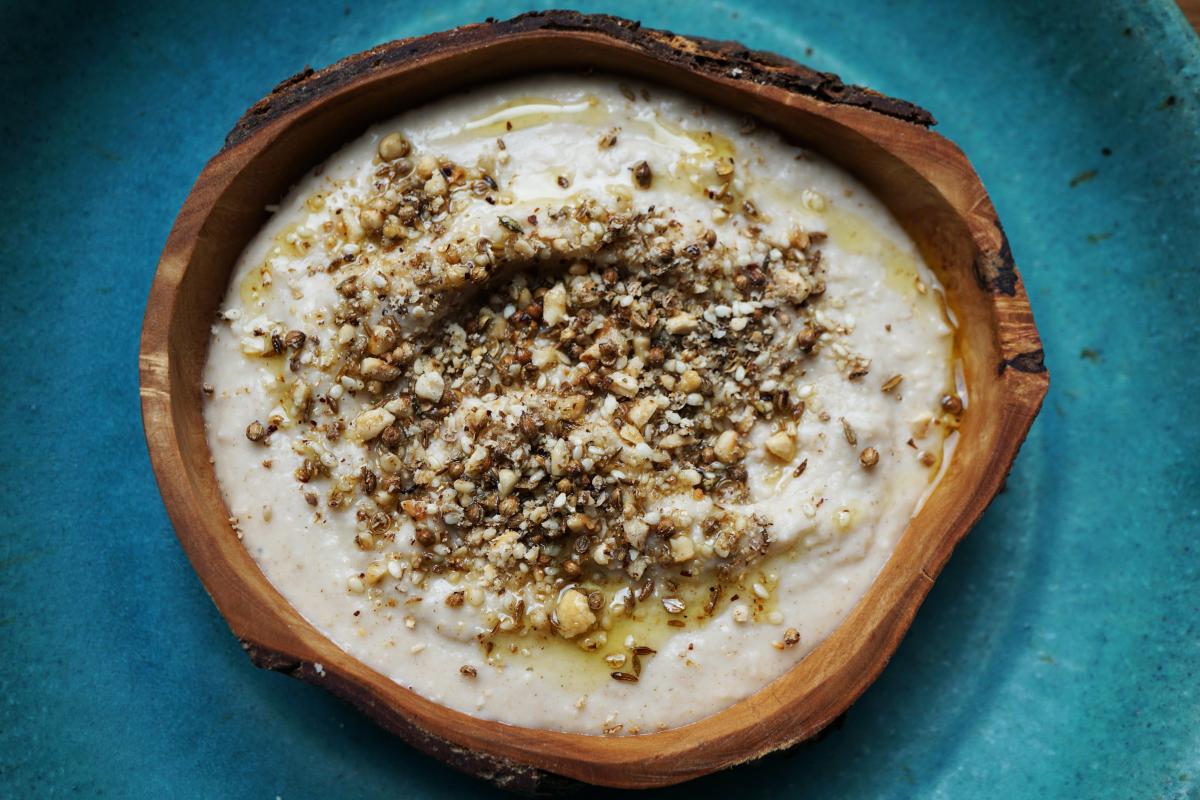
Snack ideas
- Handful of walnuts – a source of essential omega-3 fat
- Apple slices and peanut butter
- Veg sticks and houmous
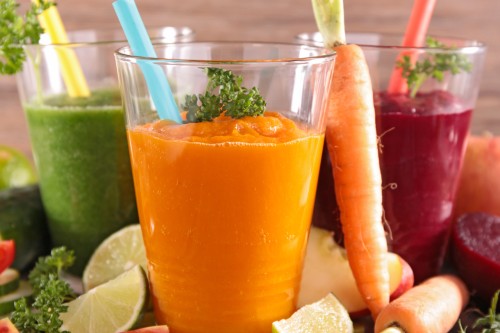
Drink ideas
- Plenty of water
- Small glass of orange juice – a source of vitamin C that boosts iron absorption
- Bedtime mug of warm fortified plant milk with a little ginger, turmeric and cinnamon added for flavour – a valuable source of calcium and other nutrients
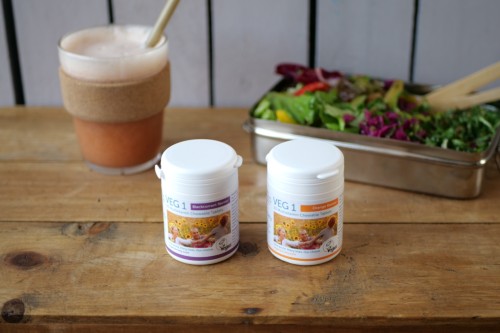
Supplementation
A vitamin and mineral supplement designed for vegans is a convenient way of ensuring that your diet contains a reliable source of vitamin D, vitamin B12, iodine and selenium. The charity’s VEG 1 supplement is available from our shop.

